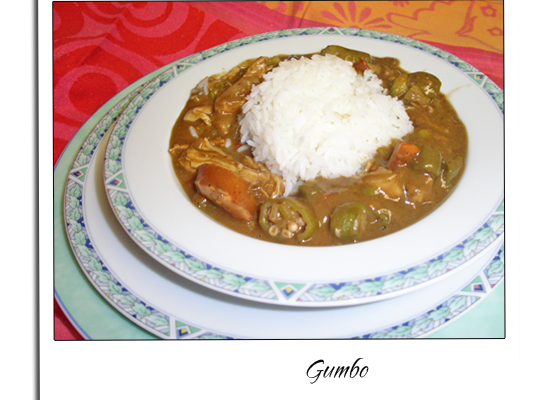Catfish Baked
Catfish are not beautiful to look at, with their odd whiskers and big, gaping mouths, but beauty is not important when it comes to choosing fish that is flavorful. Catfish have skin that is similar to that of an eel, which is thick, slippery, and strong. All catfish should be skinned before cooking. The easiest method to skin a catfish is to nail the head of the dead fish to a board, hold on to its tail, and pull the skin off with pliers.
Channel catfish are farmed in Mississippi, Louisiana, and Arkansas. Mississippi is the world’s leading producer of pong-raised catfish. Of all the catfish grown in the United States, 80 percent comes from Mississippi, where more than 102,000 acres are devoted to catfish farms. Humphreys County, Mississippi, produces about 70 percent of the catfish consumed in the United States, and has over 30,000 acres under water. The town of Belzoni, in Humphreys County, is called the “Catfish Capital of the World.” Each spring the streets of down town Belzoni are transformed into a large carnival during the World Catfish Festival. Due in part to its reputation as a family oriented event, the World Catfish Festival has received several awards including Top 100 Events in North America and Top 20 Events of the Southeast. Info from Whats cooking in America








